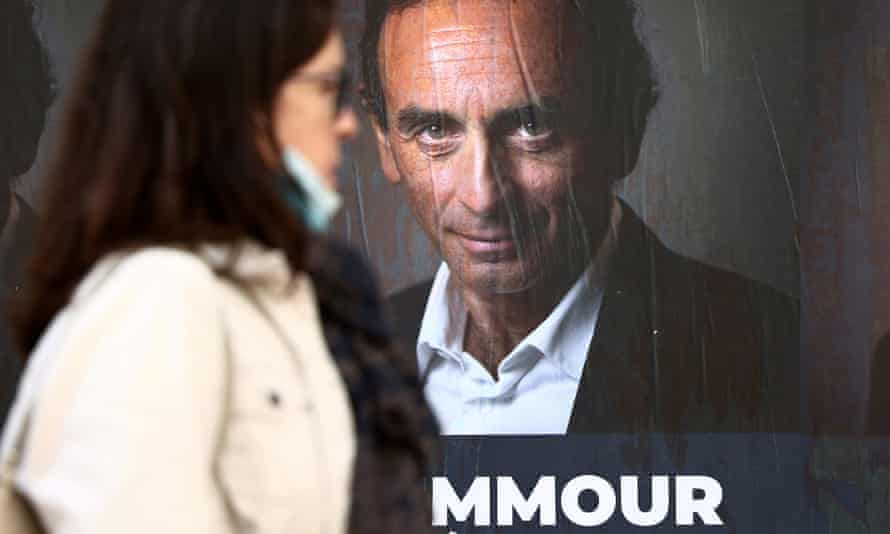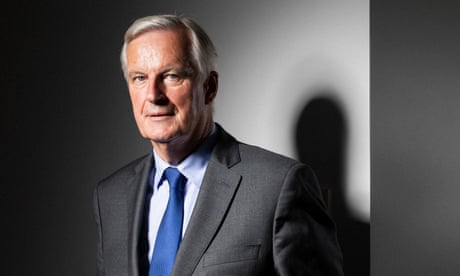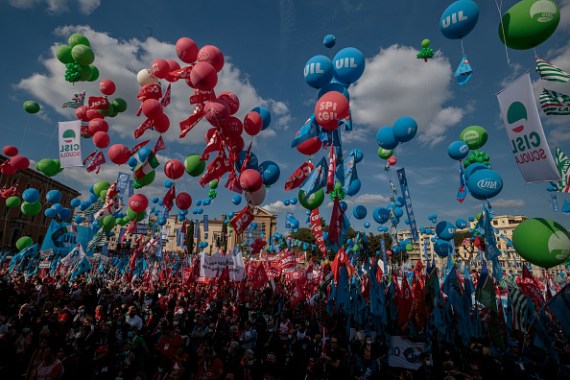Quebec nurses refuse mandatory overtime this weekend as pandemic adds to pressure
Nurses' union issues Nov. 15 deadline to ban practice
altogether
Quebec's largest nurses' union says health-care workers are beyond exhausted as they continue to feel the pressures of the COVID-19 pandemic and that the use of mandatory overtime to cover staffing shortages must end.
The Fédération interprofessionnelle de la santé du Québec (FIQ) says that's why more than 30,000 of its members in a dozen regions, including Montreal, are refusing to work extra hours this weekend.
On Friday, the union sent formal notices to local and provincial health authorities informing them of this weekend's plans. It also issued a deadline of Nov. 15 to ban the practice of forced overtime entirely or face action from the FIQ.
"We never know what time we are going to leave work," said Patrick Guay, vice-president of the FIQ's department of labour relations.
"It has an impact on our families, it has an impact on the overall [health] network.... There's no more patience. It's over."
Quebec's largest nurses' union is increasing its fight against mandatory overtime, as more than 30,000 of its members across the province are refusing to work extra hours this weekend. 1:56
The nurses' union says it's reached out to Quebec's workplace safety board and asked it to intervene. It also asked the province's human rights commission to study the issue.
The FIQ says the "inhumanity of such a system" puts the health and safety of both nurses and patients at risk and is also causing psychological damage to employees.
"We need to end this management style," Guay said. "There are other ways to provide service than forcing people to work."
'There's no magic wand,' health minister says
Health Minister Christian Dubé agrees that mandatory overtime isn't sustainable, but he says getting rid of it isn't something that can happen overnight.
"It's addressed in the collective agreement," Dubé said on Friday, referring to an agreement in principle between Quebec and the FIQ that was signed on Oct. 6.
"We don't want any more mandatory overtime ... but there's no magic wand," he said.
"We're not going to be able to go from five, six, seven per cent usage of mandatory overtime in certain regions to zero tomorrow morning. It's not possible."
Dubé said the province's plan to address the personnel crisis is a work in progress, and mandatory overtime was a management tactic used well before the pandemic.
He said that next week, he hopes to present concrete measures to improve working conditions in the health-care system — measures he hopes will convince more nurses to come out of retirement, encourage part-time employees to agree to full-time work and attract new hires.
Dubé said nurses want to see a culture change on the job and that he's committed to making that happen.
Quebec's Health Ministry says almost 1,800 nurses have been hired, have come back to work or have moved to full-time positions in the last few weeks. The ministry says it's in discussions with close to 2,400 other potential candidates.
But the nurses' union says the government's recruitment efforts haven't yielded any results when it comes to eliminating mandatory overtime. It says it will be rolling out the next steps of its plan to see the practice banned in the coming
























